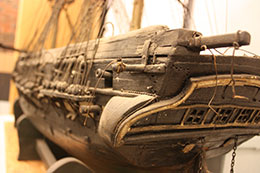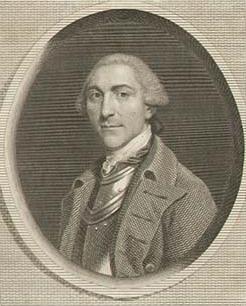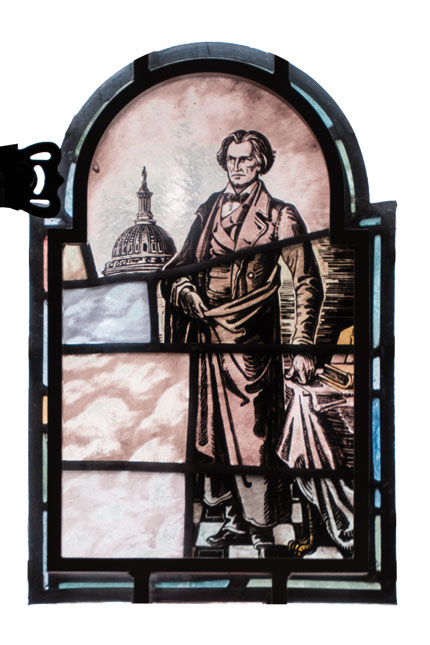Last month I attended
Wendy Bellion’s lecture on “Representing Iconoclasm: Paint, Print, Performance” at the
American Antiquarian Society. And I find that’s clarified my thinking about the current campaign to change the seal of the Harvard Law School and the name of the Isaac Royall Professorship there.
On 9 July 1776,
New Yorkers listened to a formal reading of the
Declaration of Independence, marched from the city common down to the Bowling Green, and pulled down a gilded lead statue of King
George III. Most of that statue was melted down into musket balls, though a few pieces survive.
A few months later, the
British army charged onto Manhattan, and the Crown held the city for the rest of the war. In the new republic, therefore, New York City didn’t have a lot of good stories to tell about its history during the Revolutionary War. The toppling of the king’s statue became one of the most important.
Bellion showed how that event was recreated in
paintings,
engravings, pageants, and parades from the early 1800s to the Bicentennial. In other words, the statue of King George was repeatedly reproduced so that it could be destroyed again.
That’s the power and nature of iconoclasm. Once an icon has been removed, broken, or defaced, it starts to lose power—but so does the act of removing it. With no visible reminder and only a fading memory of that icon, the choice to erase it becomes less visible and memorable as well. To recall the act of iconoclasm in the most affecting way, a society has to recreate the very icon it tore down.
What might that phenomenon tell us about the current controversies about
slaveowners or their defenders being featured in places of honor on college campuses? The campaign at Harvard Law School is called
Royall Must Fall, the very name evoking the images of a royal statue or emblem coming down.
The people campaigning to change those images or names acknowledge they’re symbolic, and that the change would be symbolic as well. But such change would send the right message about the institution’s values, a message that it is seeking to be more fair and inclusive than in the past.
However, just like pulling down New York’s statue of King George, changing a building name or removing a statue would send that message only once. That particular symbol would lose its power and fade from memory. The act of removal and repudiation would thus also fade, muting its significance and its message for new students.
As New Yorkers ritually recreated and then pulled down the king’s statue, they refreshed the memory of the city’s 1776 choice of republicanism over monarchy. In the same way, Bostonians refresh the memory of the hated
East India Company tea of 1773 by bringing in new tea each year—this year from the East India Company, even—only to toss it again into the harbor.
So could university communities create a stronger message of inclusion not by removing problematic symbols permanently but by creating recurrent ways to reexamine and reject the behavior behind them?
TOMORROW: Institutions wrestling with that challenge.



















